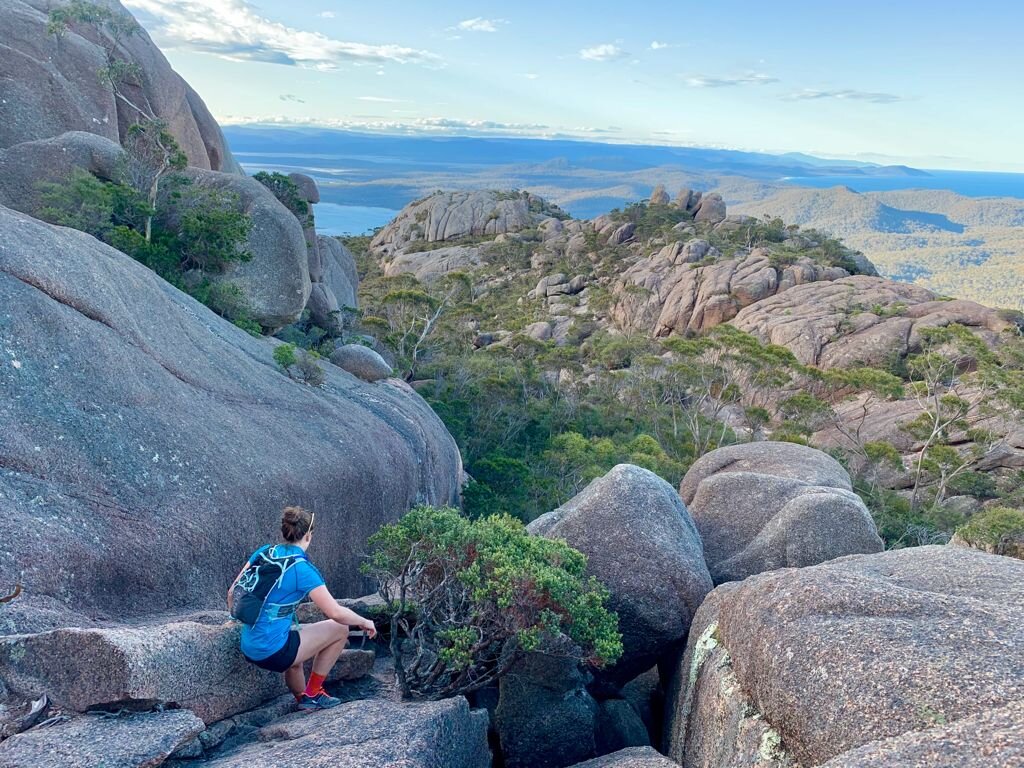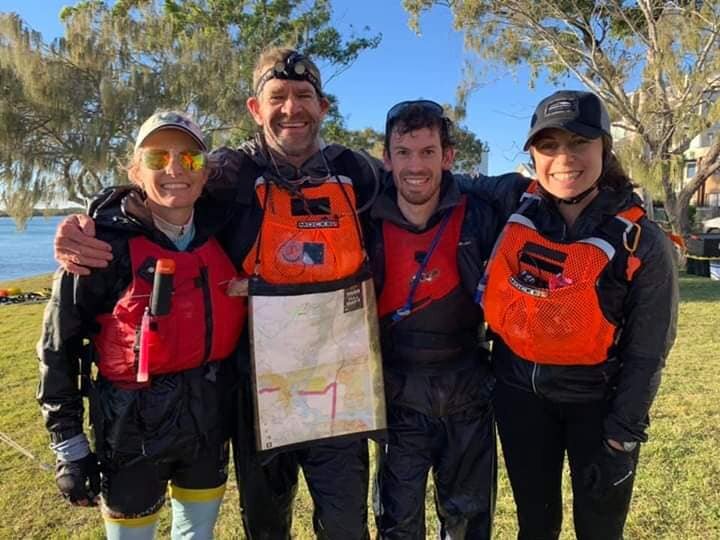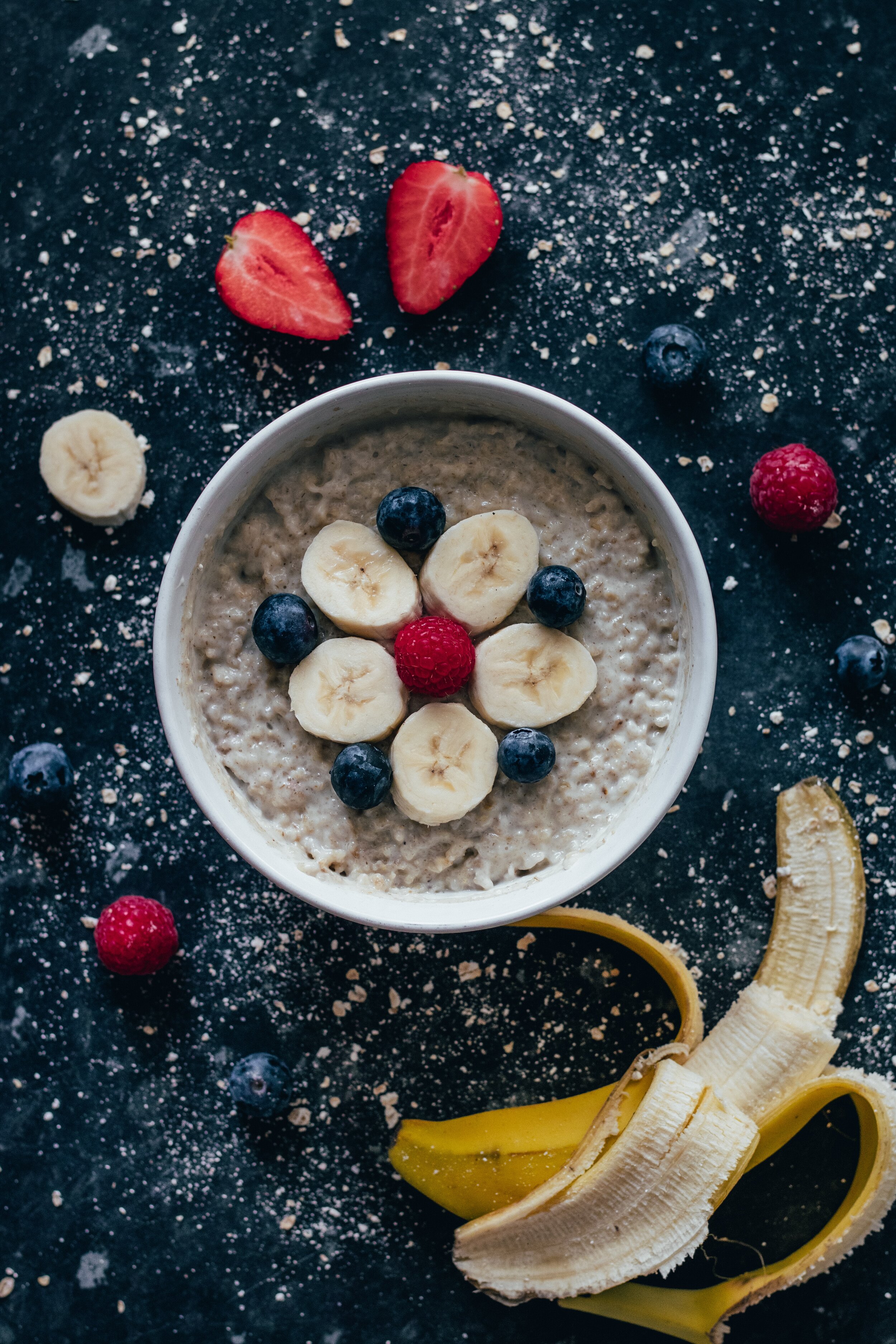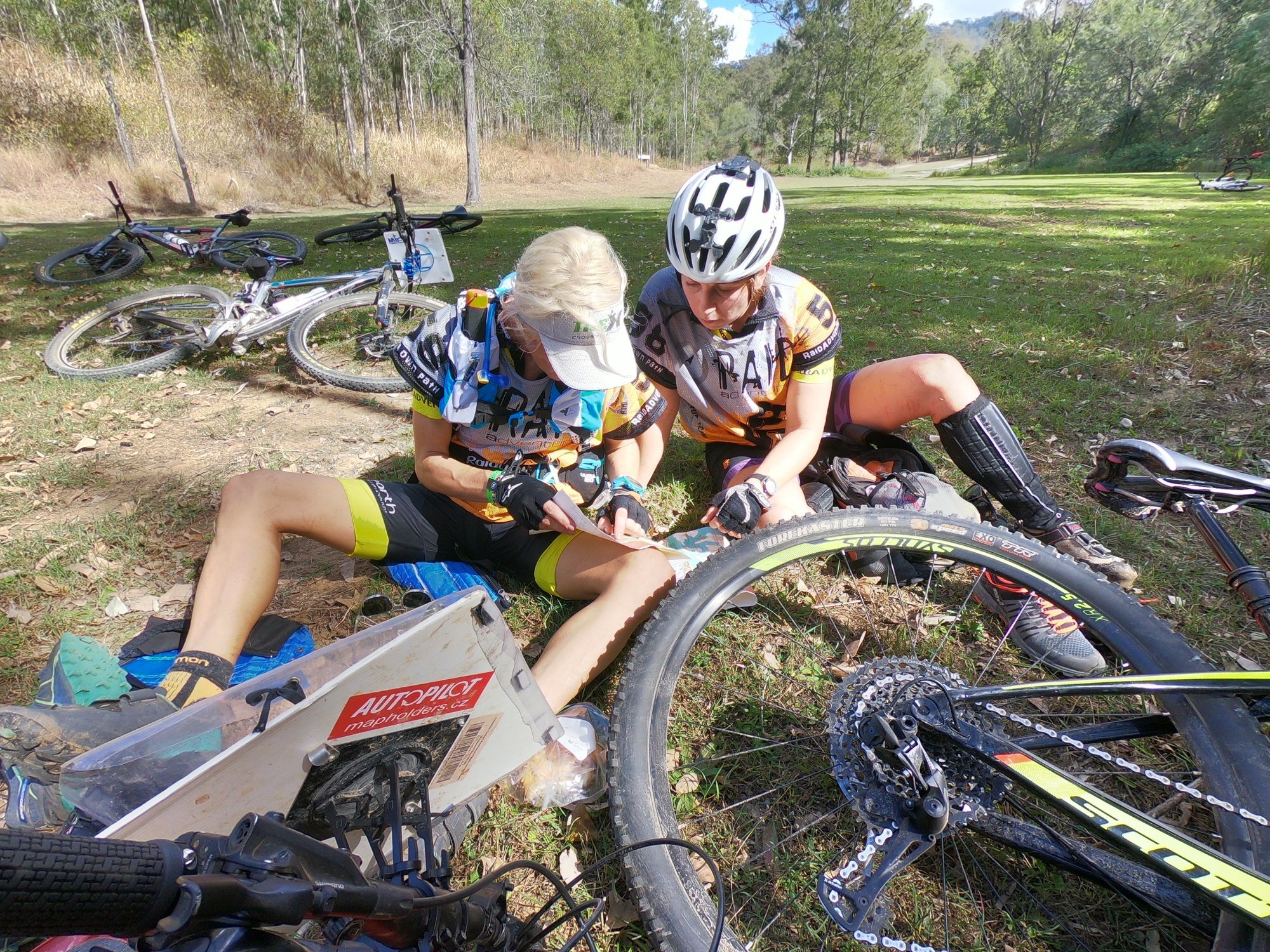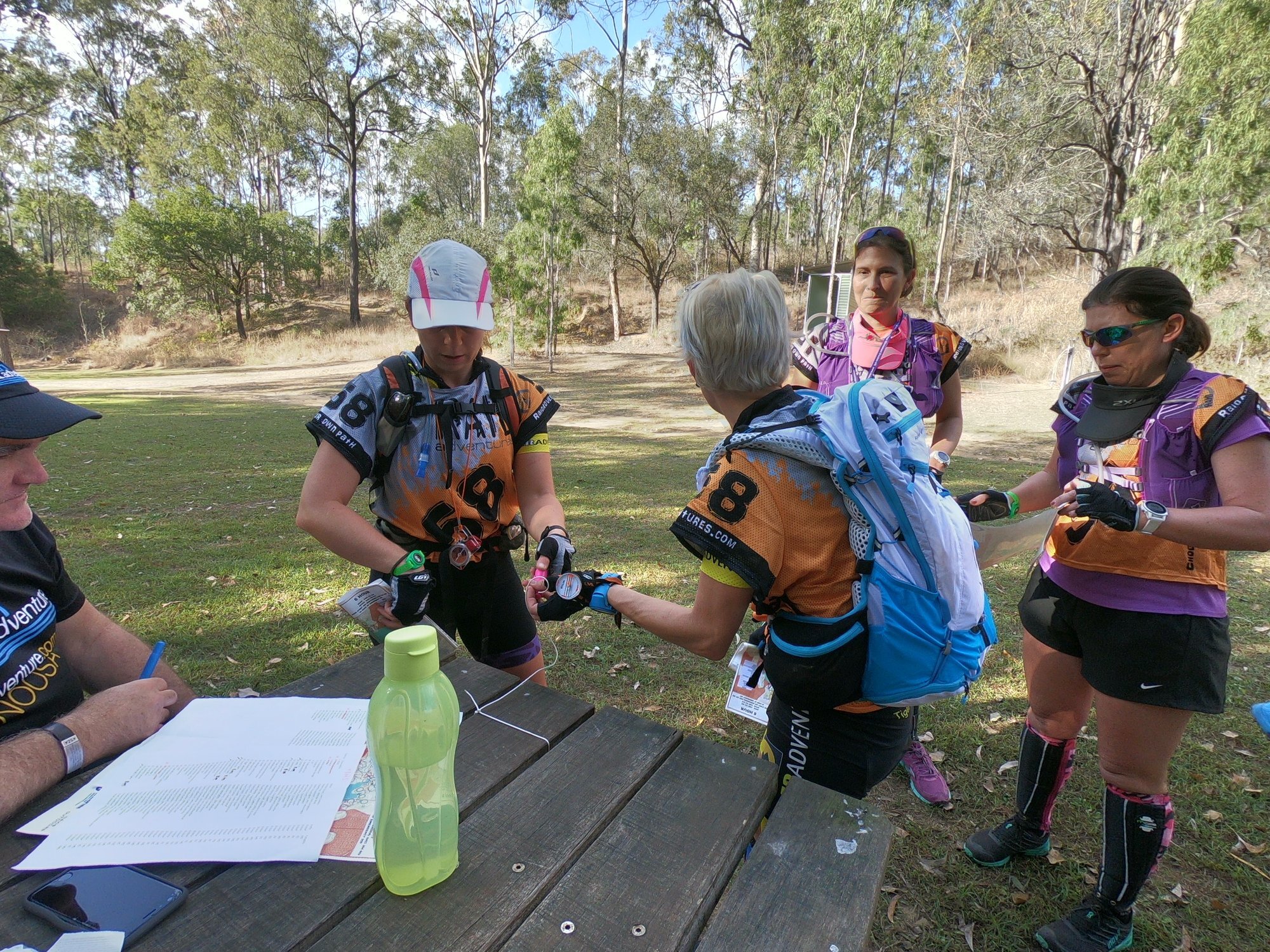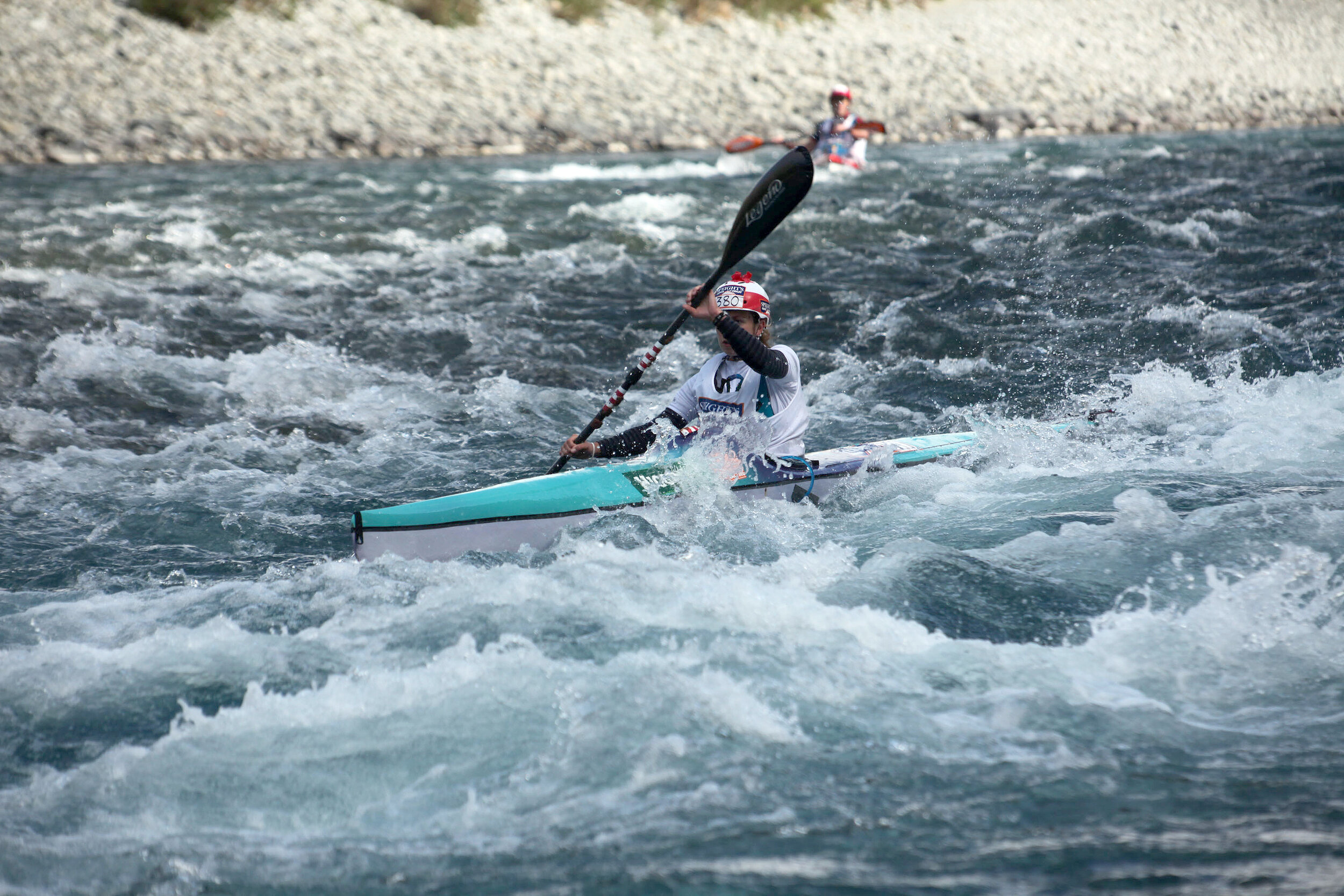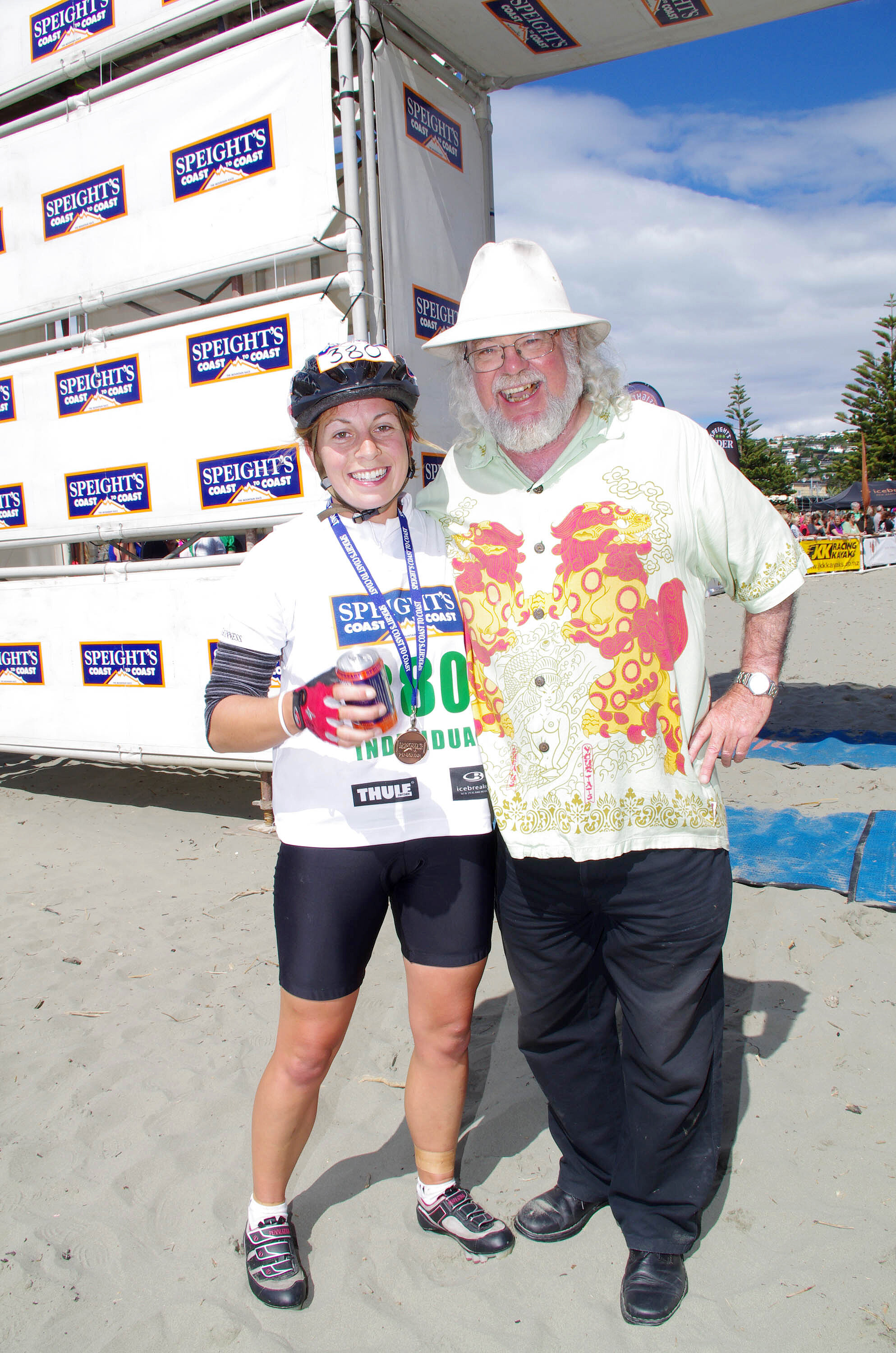This article is for Adventure Racers, Runners, Cyclists, Kayakers, some triathletes, multi-sporters and for anyone else getting out there for an adventure for at least a couple hours needing a place to carry food.
Running/Trekking
Backpacks/ running vests
If you are getting into adventure racing, multisport or trail running it is SUCH a useful investment to get a quality running vest. Also comfy for mountain biking. They fit snuggly on your body to limit chafe and come in a useful variety of sizes. If you are running anything up to 12hrs generally about an 8-12L is plenty big enough. The best part? Lots of pockets at the FRONT for food! Back pockets mean having to stop and get food out or asking your team mate to reach in all meaning slowing down. The other awesome thing is they come with soft flasks – lightweight 500mL bottles that are great for sports drink, water or electrolytes and easy to fill. Most have a spot for a water bladder in the back (very useful) for extra water – up to 3L depending on the bag and bladder you choose (Tip! Only use water in your bladder and dry it out after every use otherwise it will go mouldy quickly!) Salomon and Ultimate Direction have heaps of great options! If you are just starting out – Anaconda and Rebel have fantastic bags for a fraction of the cost.
Tights & Shorts Pockets
Tights nowadays are fashionable with pockets – well why not? Super useful for a quick snack spot. However also think about these pockets usefulness for chucking the map and compass in your pocket for a quick shoelace tie – often it can be more comfortable to keep them free and empty. Have a try on your next training run!
Bum bags
Personally, I don’t find them as comfortable as a good running vest however they are useful for shorter sprint events where a whole pack isn’t necessary or if water is supplied on the course and you just need a few bits of nutrition. Bottom line (mind the pun) get one that fits snuggly and is comfortable on your hips or waist. If it makes your tummy sore or flops around while running – try something else. You can also get pretty snug drink bottle holders for your waist too; I haven’t tried these so cannot comment! Just make sure to avoid the drink bottle hand holders if you want your hands free for navigation, grabbing trees, scrambling or if doing a multi discipline event.
Kayaking
Always remember to have a way to waterproof your food in the kayak – nothing worse than soggy race food!
Lifejacket
If you are choosing to invest in a lifejacket go for one that has big pockets on the front and a pocket on the back for a water bladder. Some have drinking mechanisms you can set up to be “hands free” or you can rig these up yourself. If you are borrowing one – then you may not have time to pack it with food – so perhaps you just need to keep your new back pack handy to get food out! Often in an adventure race you’ll need to keep your mandatory gear on you anyway.
On the kayak and paddle itself!
Depending on what you’ll be doing most of the time it is safe to carry a drink bottle in the front of the kayak near your feet. Just take care not to lose it if you need to get in and out for checkpoints on an adventure race!
If you are using your own kayak you may already have a spot to store a picnic, stash a drink bottle or have a water bladder on the bottom of the boat under your legs.
Some bars stick well to your paddle – so for a shorter multisport event consider sticking bite sized chunks to your paddle the night before and wrap it in glad wrap for the night. For adventure races there is just no time for this pre-race prep and often your paddle is thrown in a bag somewhere. Or if you are borrowing a paddle – don’t even bother considering this!
Cycling
There are three main places to carry food and hydration for cycling – on the bike, on yourself and in bike bags. Cycling is often a good leg (if you are doing other disciplines also) to catch up on any missed nutrition or hydration such as after a swim leg of a triathlon.
On the bike
Check out how many bottle cages you can have on your bike and have as many as you can because you never know when you will step up the distance or rides in the heat and will want them all! Most road and gravel bikes can take two or three (one underneath) and it is the benefit of having a bigger frame if you are a tall person! Hard tail mountain bikes can take one or two and usually dual suspension can only hold one. Ask your local bike store if you are unsure!
Check out the size of your cycling bottles – they go up to 1 Litre! Which will fit in most frames (I am a shorty and I fit them in all bottle cages). Cycling tends to have a trend for little bottles because they are light. If you are sacrificing your hydration, you may be “that person” who is always asking for a water fill stop, then adding 500g to your bike will not be slower in comparison.
What can you tape to the frame? For a short distance triathlon, multisport or adventure race you might decide you don’t need a bag on your bike and you can get away with taping a gel, or bar to the top tube of your bike so it is staring you in the face as a reminder to “Eat Me”! Use electrical tape to not damage your beautiful carbon … or use it anyway as it is easy to get off!
Cycling clothing
Cycling Jerseys are awesome if you are not planning on wearing a back pack. They generally have 2-3 pockets and sometimes a zip for the car key or credit card! Usually there is enough room for some repair kit, nutrition and sometimes an extra bottle in the heat. Just get used to pulling food out of your back pocket, have your place for nutrition in the side pockets for easy access and keep your repair kit in the middle as hopefully you won’t need this one! A perfect spot for bananas and lollies (Tip: keep lollies in a little snack sized snap lock bag!)
Cycling knicks, bib shorts, tri shorts or tights some but not most have mesh pockets on the sides which are super handy for extra nutrition like bars and gels. Avoid storing things that are not going to fall out or get squished like lollies and bananas.
Cycling Bags & Backpacks
Backpacks – see up in “Running/Trekking”
Top tube bags (also known as the “Gas Tank”) a seemingly small bag that ties on to the front or back of your top tube but can carry oh so much food! In perfect position to nibble away at your hearts content. This would be the first bag I would go for on shorter events such as the Maximum Adventure Race! Generally, I get sideways looks if I use this on my road bike due to breaking road cyclists fashion code (but for ironman length or long road races they simply are perfect!). Mountain bikers are much more forgiving and Adventure Racers will actually come over and ask where you got it from. Here is a full review from Bikepacking.com for the gear junkies out there!
Snack pouches. These can hang between the handlebars and front of top tube on your bike. You can carry just one or both. Awesome for a hungry rider to access a handful of goodies, stash a bunch of bars, snakes, a curled-up Sammie, potatoes or a banana. They also fit drink bottles but just check how well they handle the weight – maybe use your fashionable 500mL or 750mL bottles here! There are also some purpose built that attach to the outside of some gravel and mountain bike forks.
Handlebar bags vary in size. Kmart actually has a great little one for small adventures which would work well off road with an extra zip tie. For long events or adventures that need something more robust – my personal favourite which I have truly tried and tested on my Gravel bikepacking trip to Tassie is the Ortileb Bikepacking Accessory bag (waterproof, 3.5L, easy to unclip while riding) which either goes directly on your handlebars or goes nicely over top of a front roll bag. Awesome for bike packing or storing mandatory gear to get it off your back. Fits filled rolls, freeze dried meals – the lot!
“Not for race” food bags Saddle bags, panniers and lightweight bike racks are all possibilities for carrying stuff on your bike – but you don’t want your race / cycling food in them as they are not easily accessible! Unless of course you don’t need it until dinner.
Got an event coming up? Logistics driving you nuts? Book in an appointment and we can nut it out together. Or check out this webinar recording: Planning Nutrition and Logistics for your next Adventure Race.
If you need help with your Race Day Nutrition plan, Training Nutrition Essentials or have other dietary requirements. Nicole, your Sports Dietitian can help you out in Brisbane, Gold Coast or Online via Telehealth.

